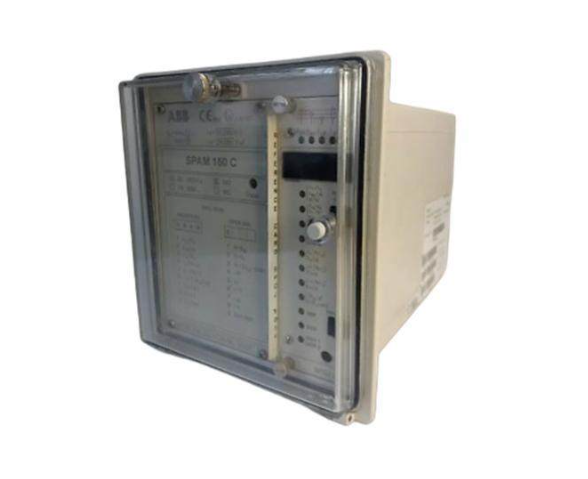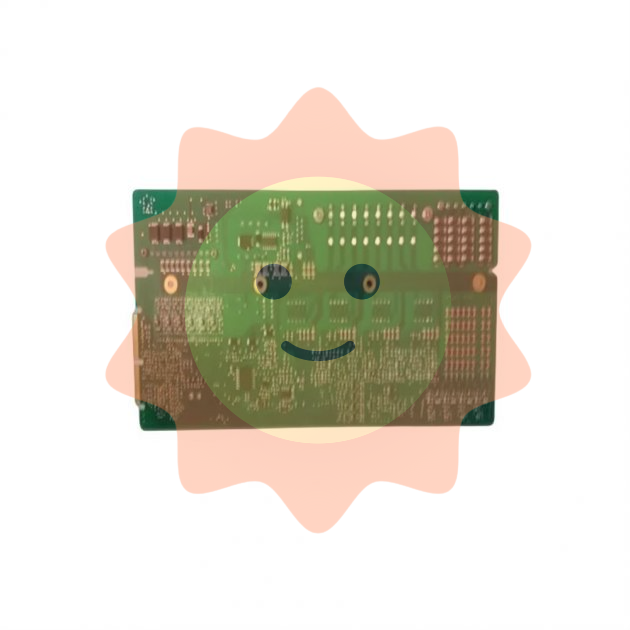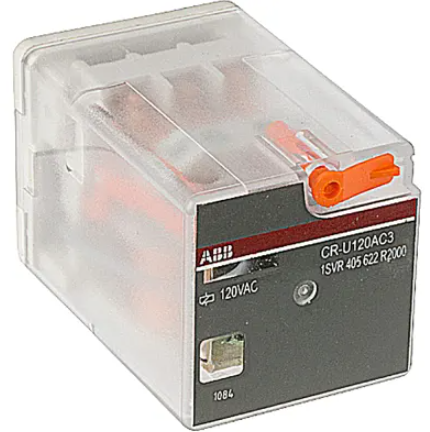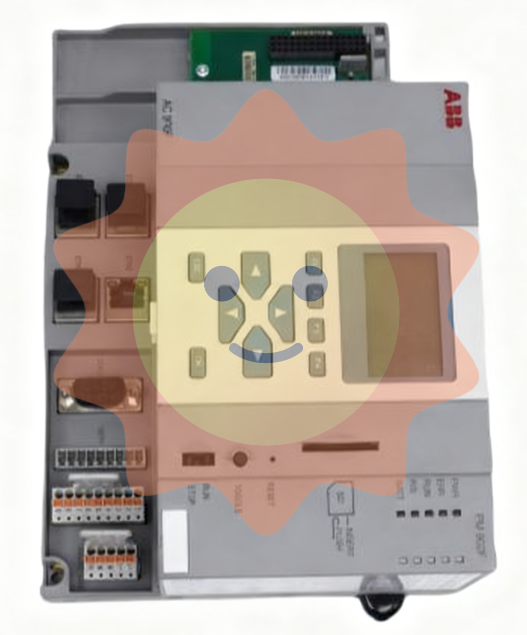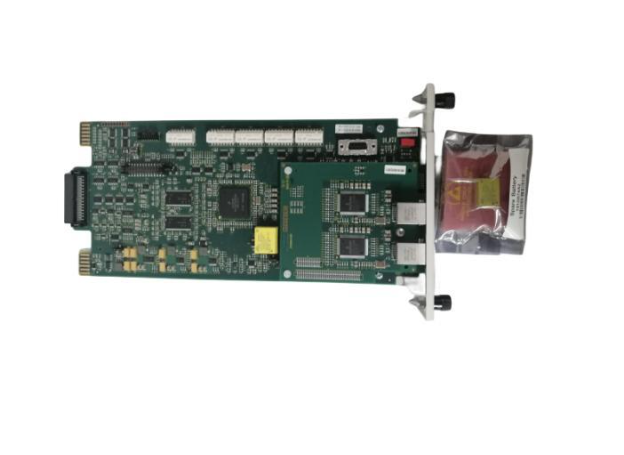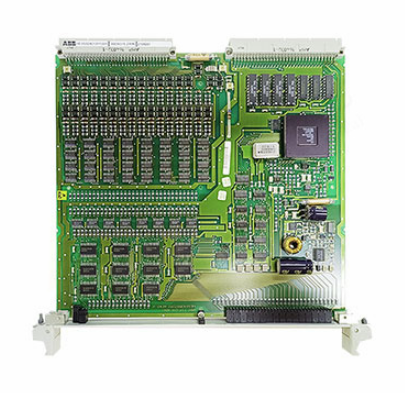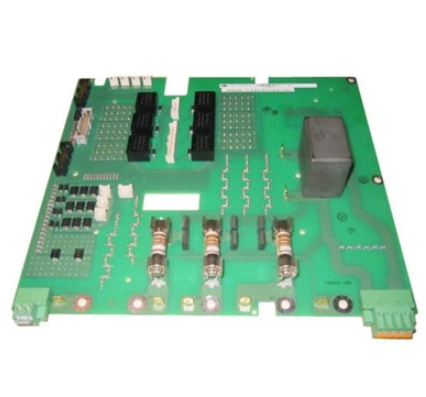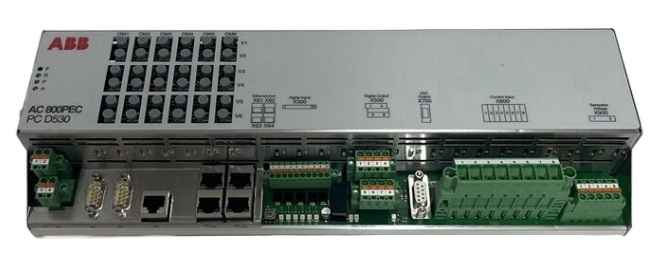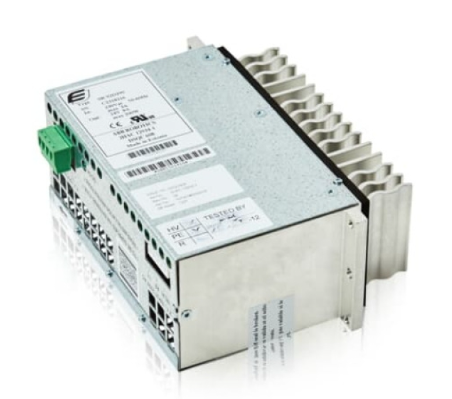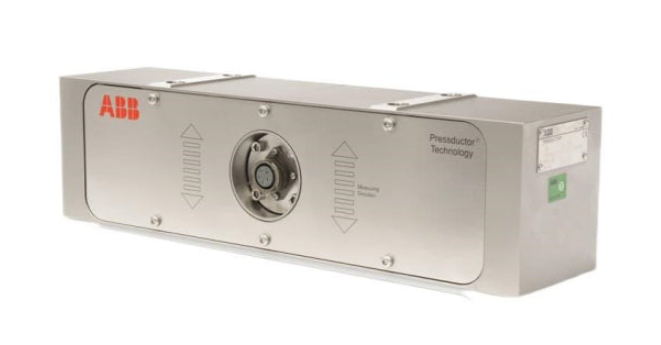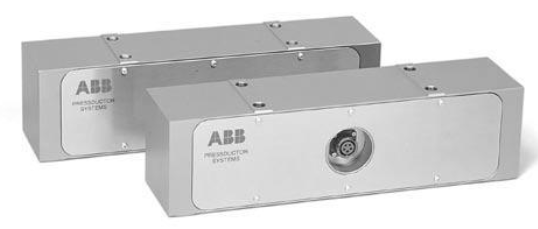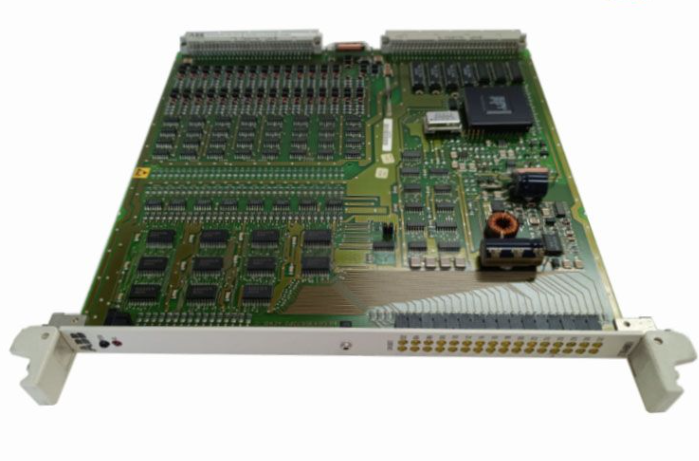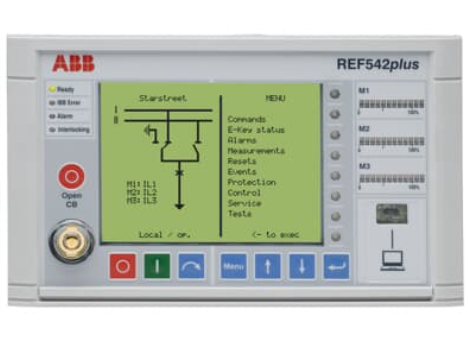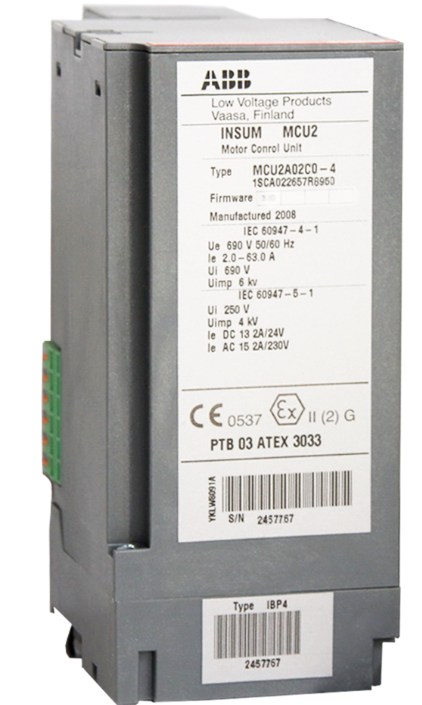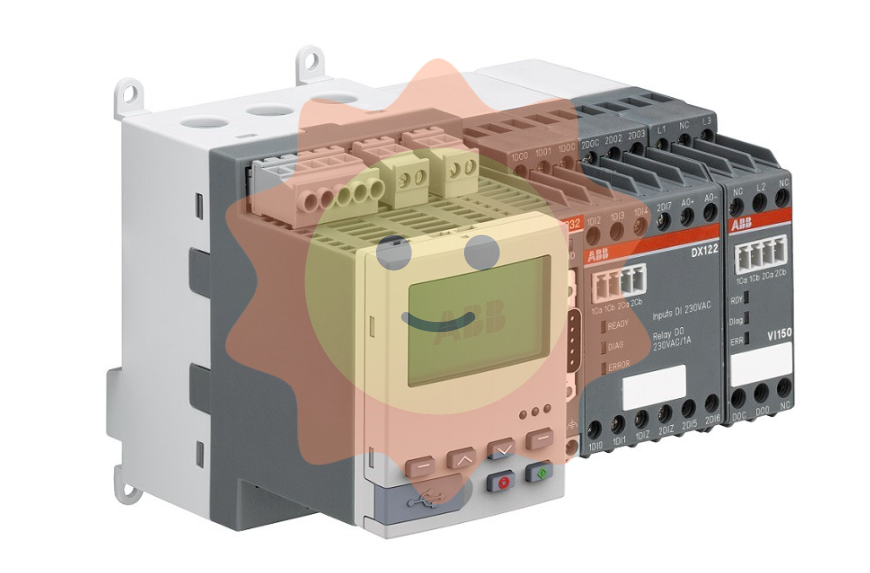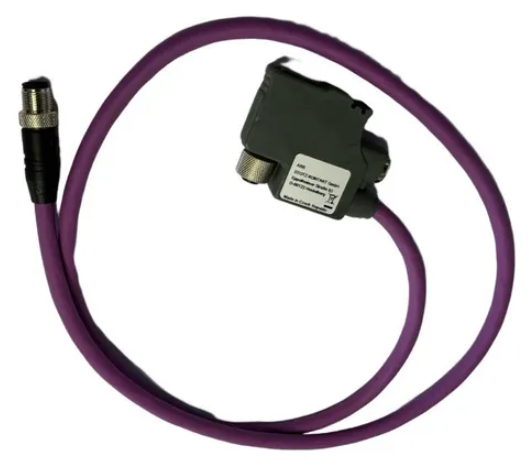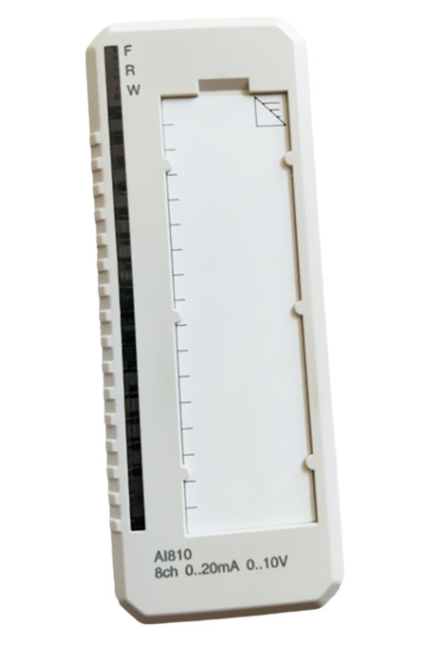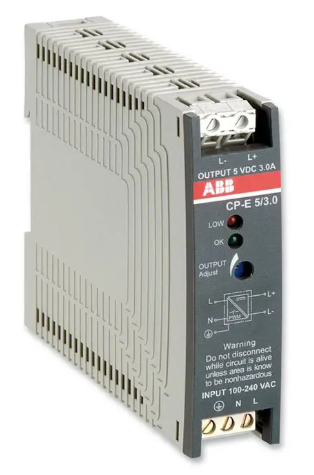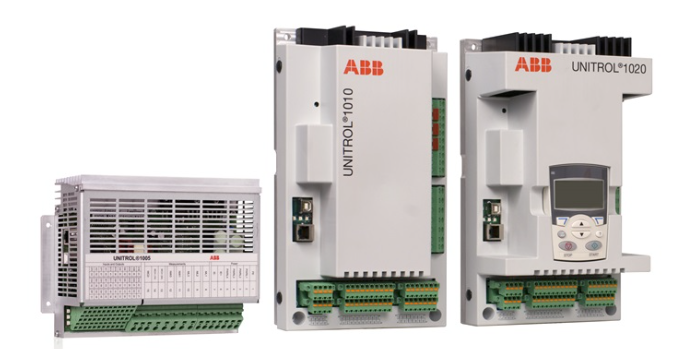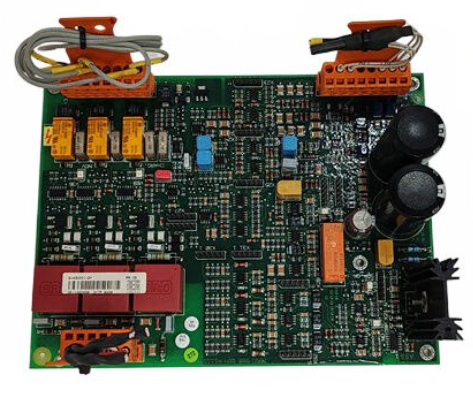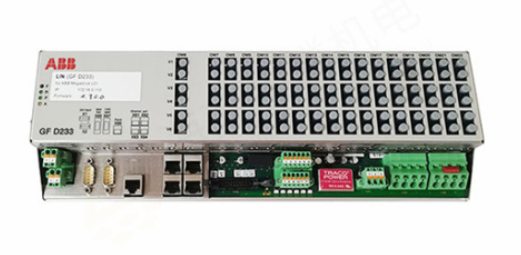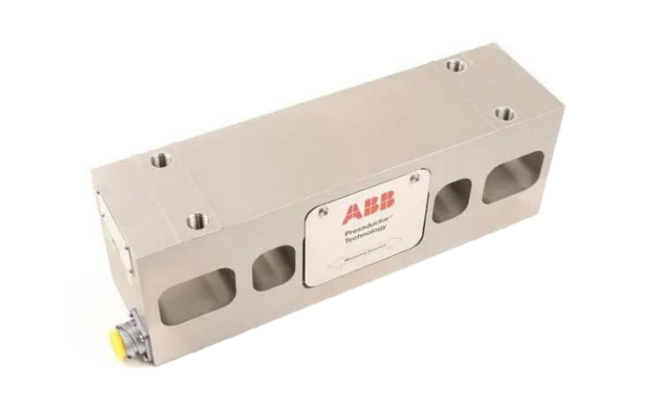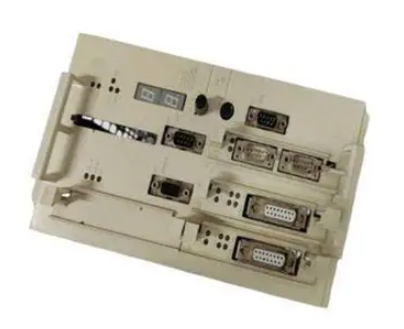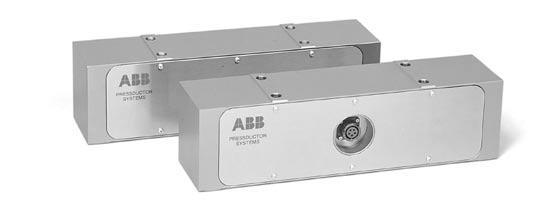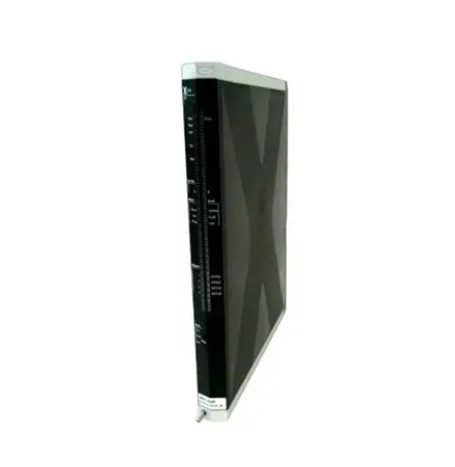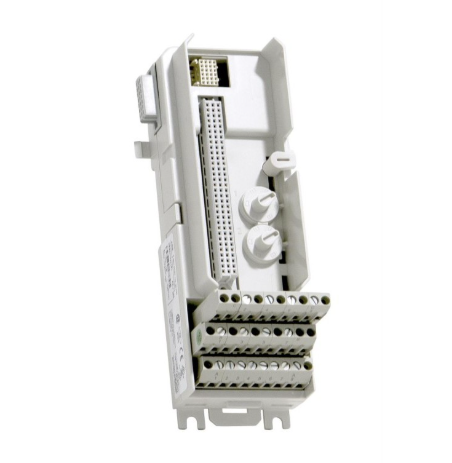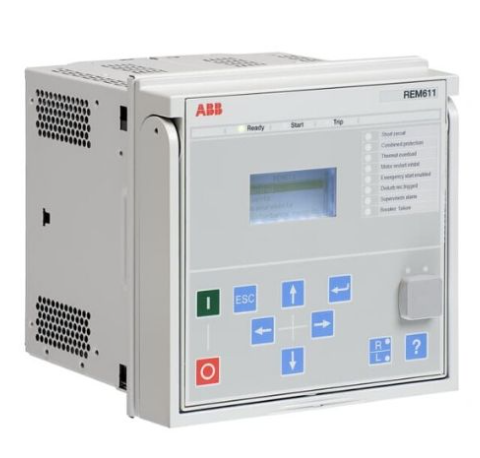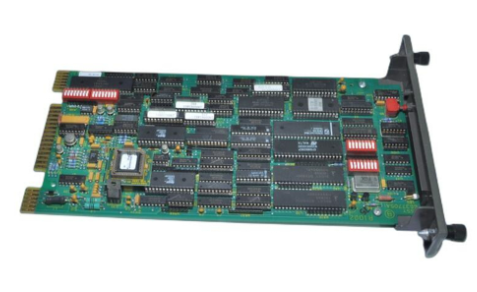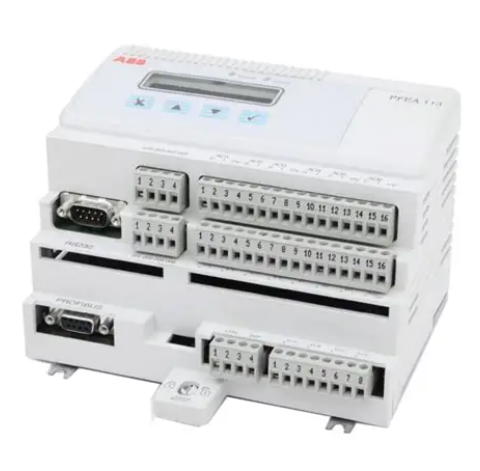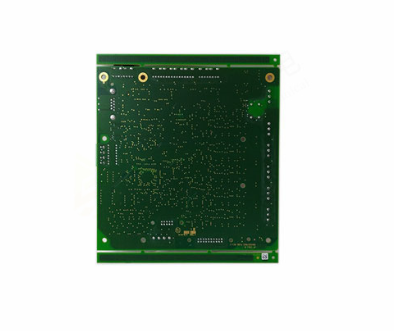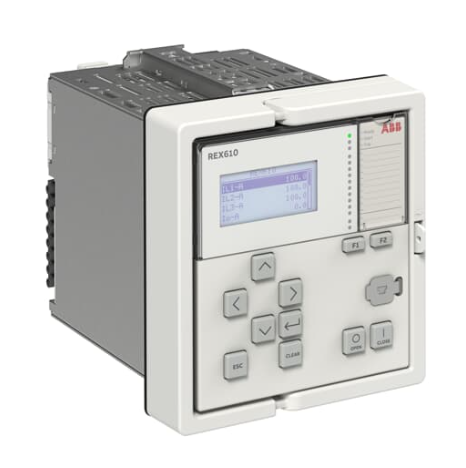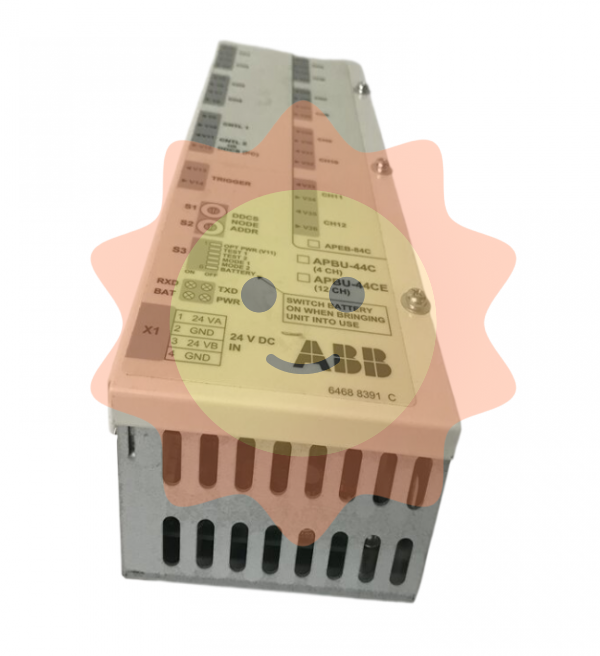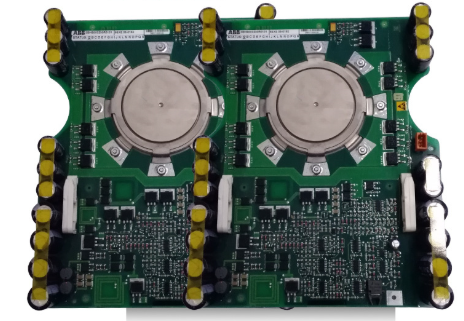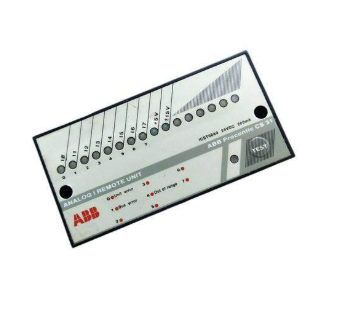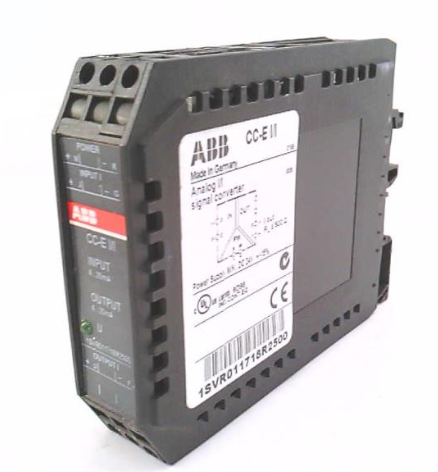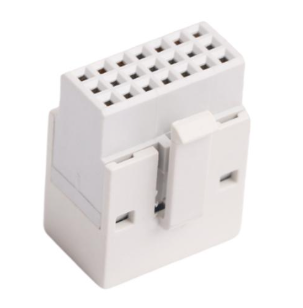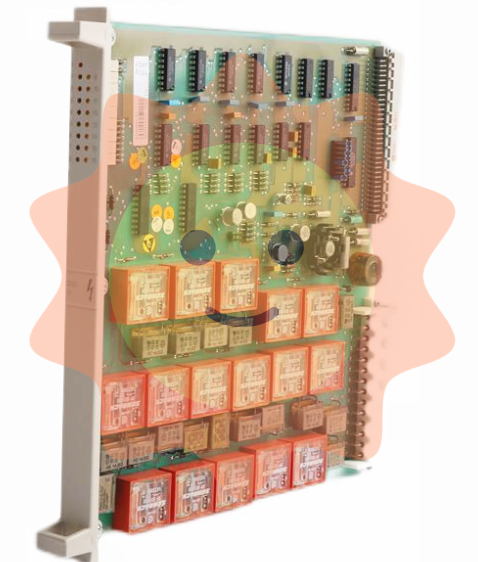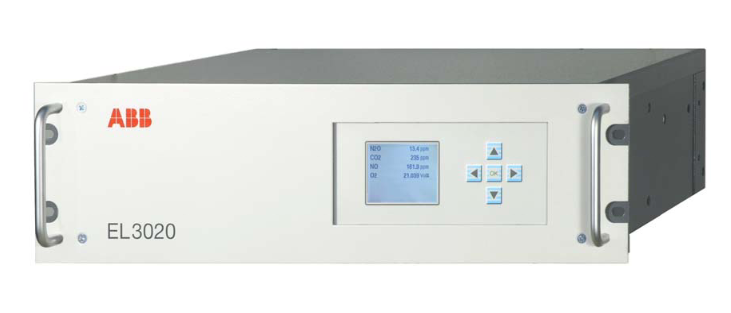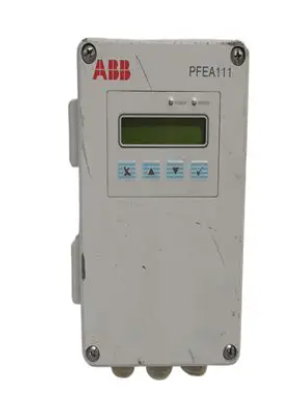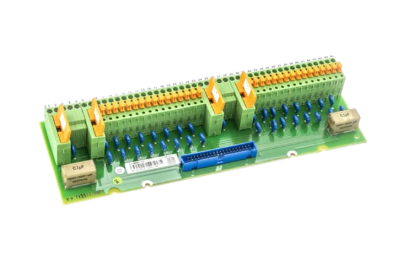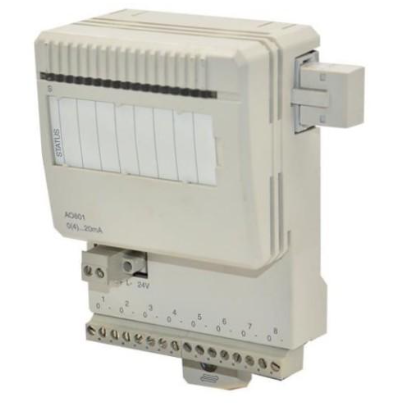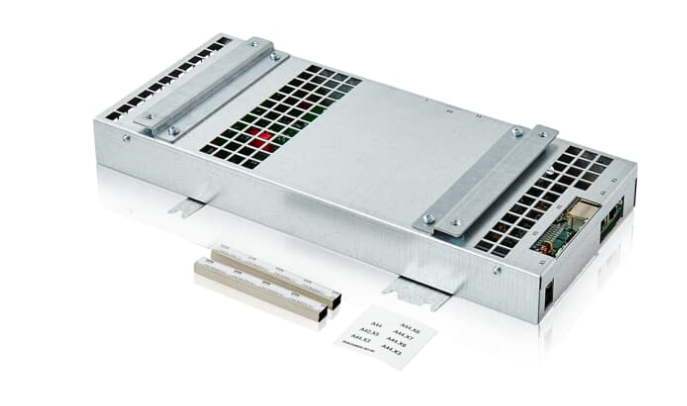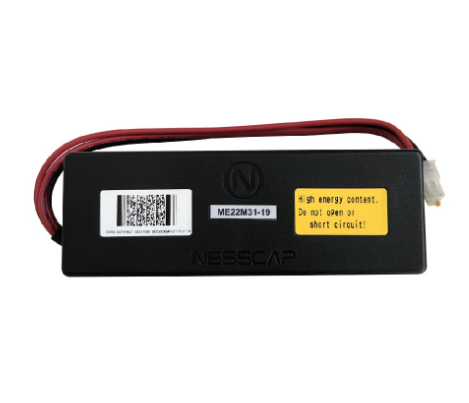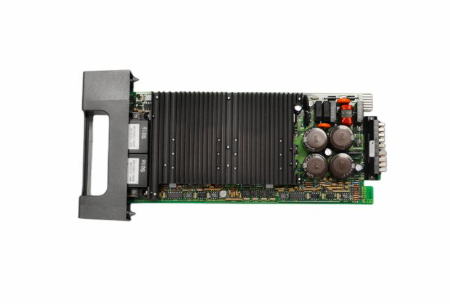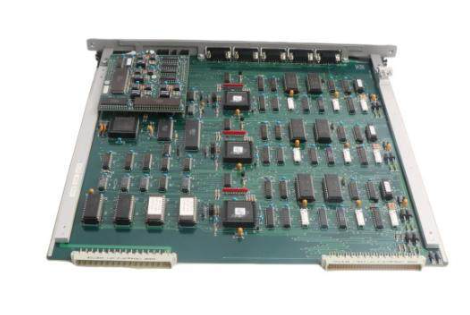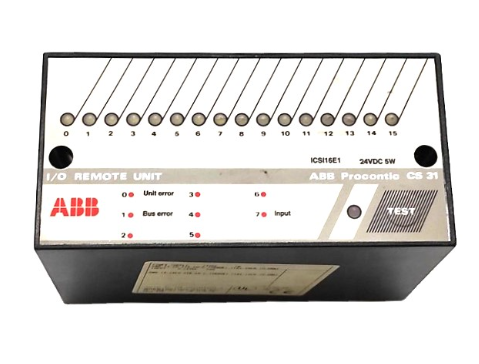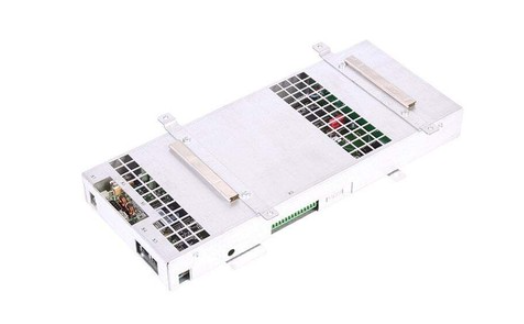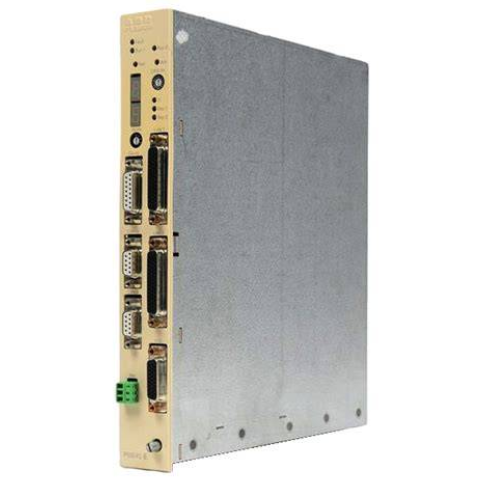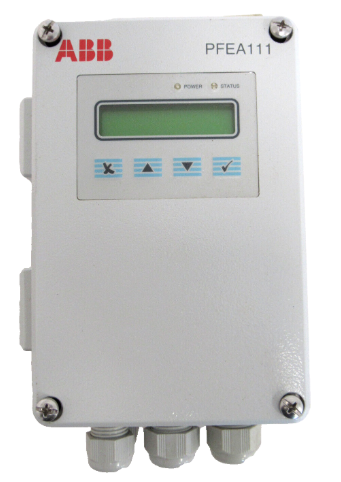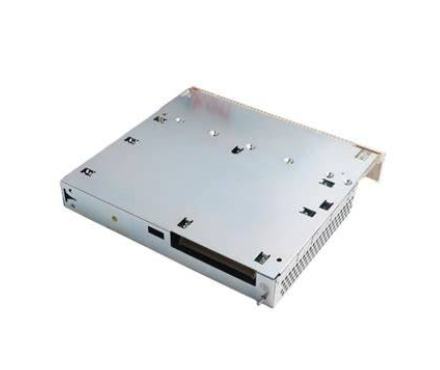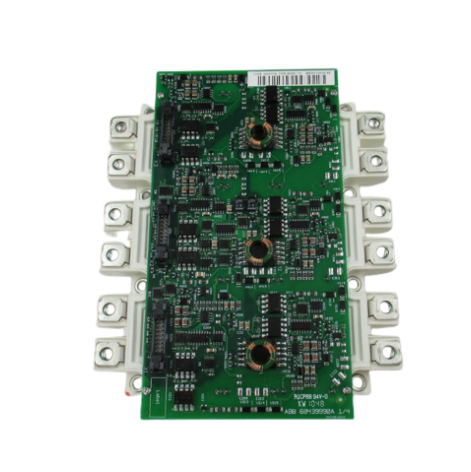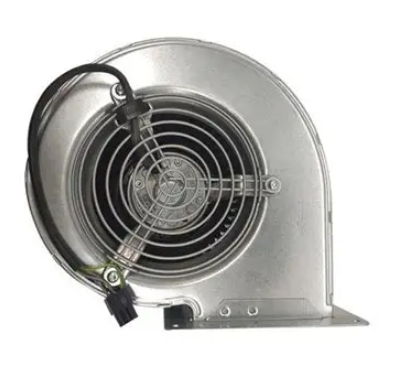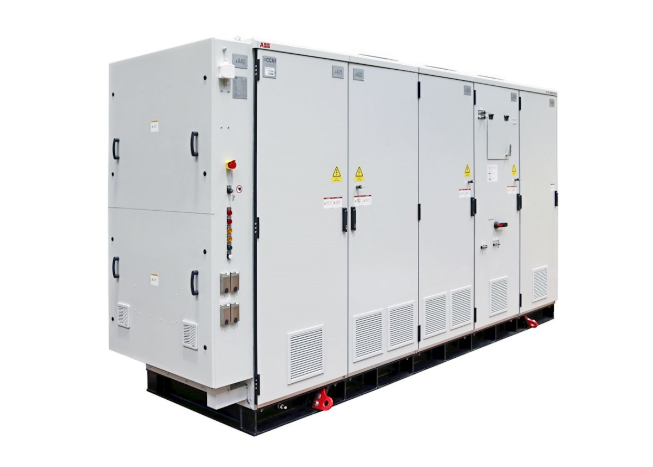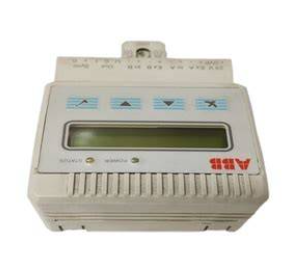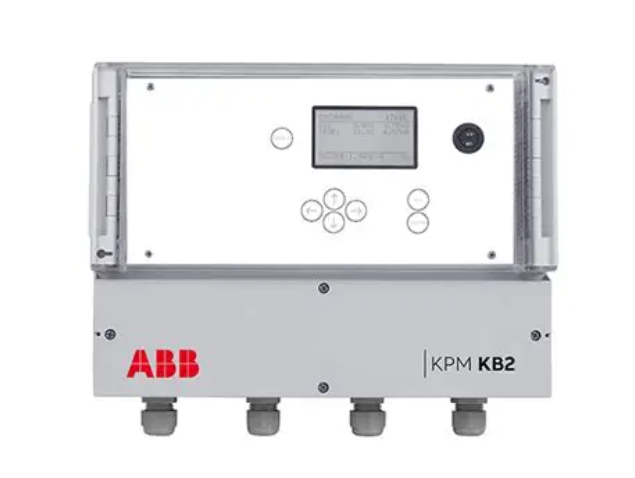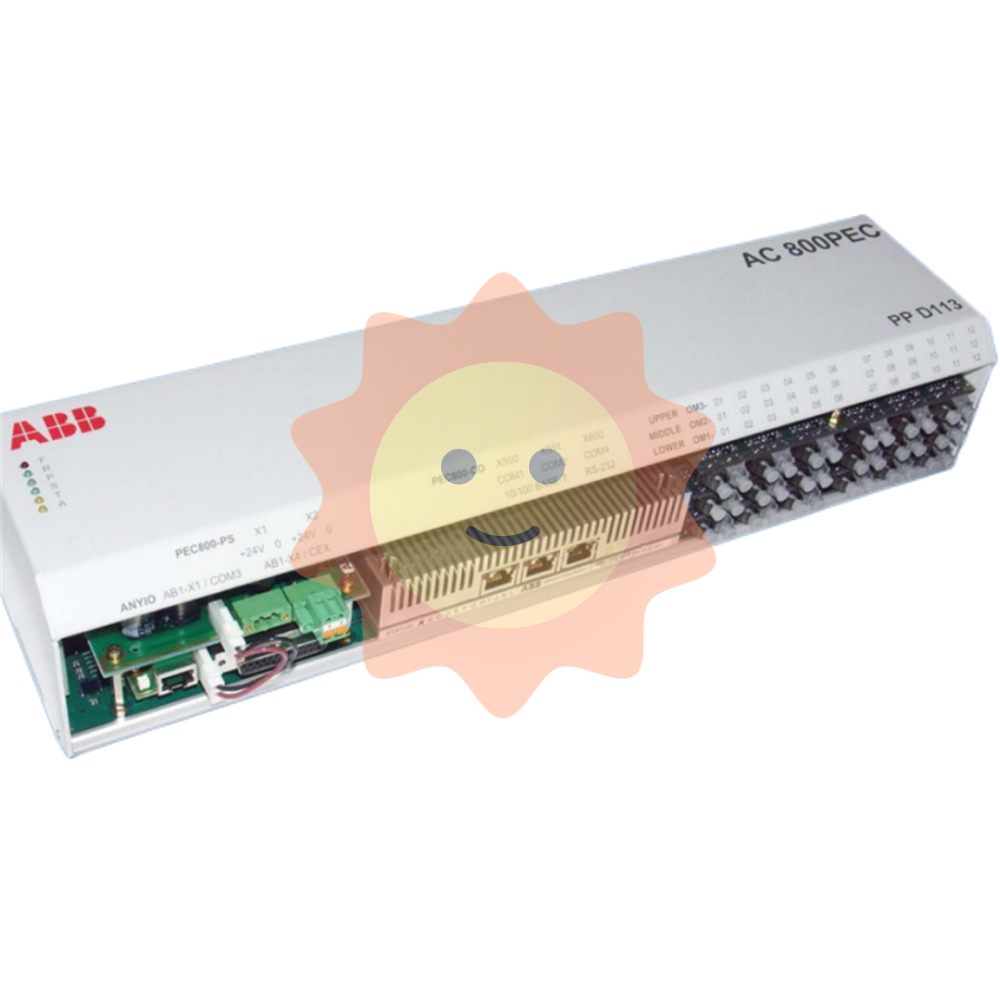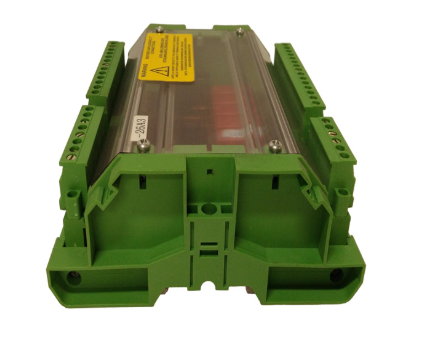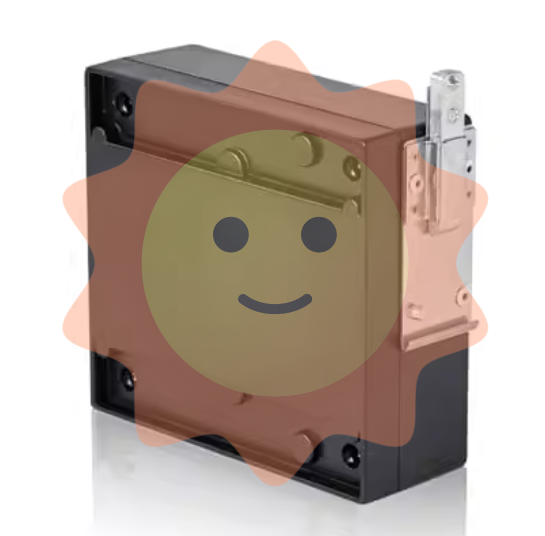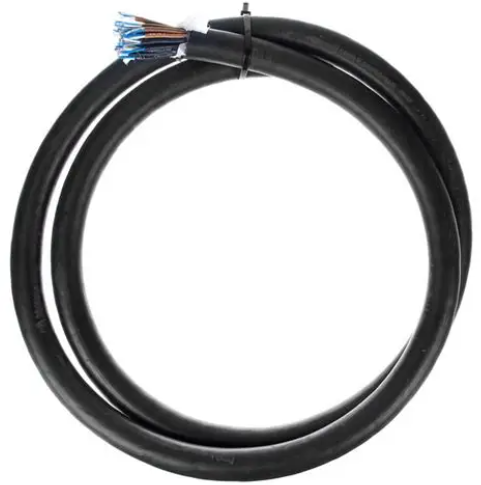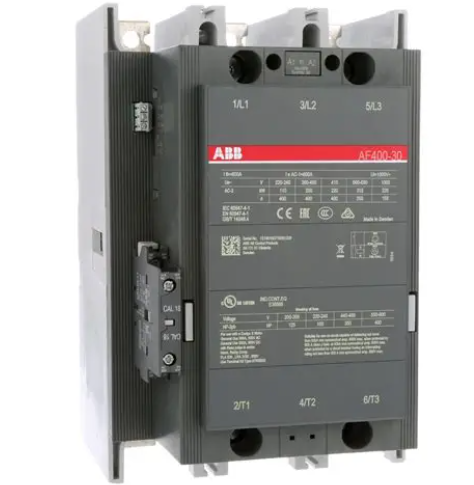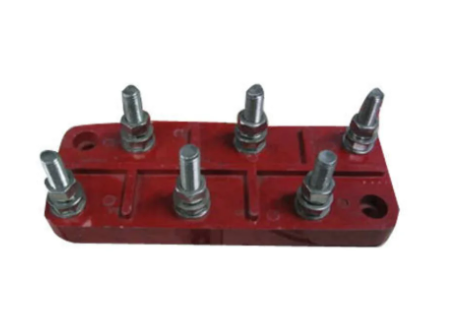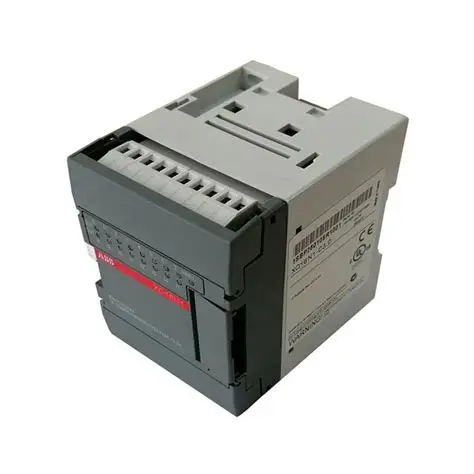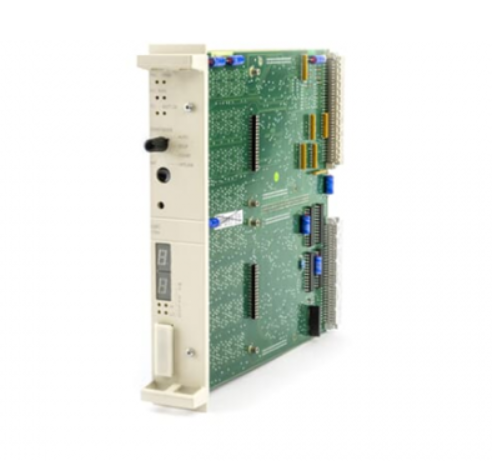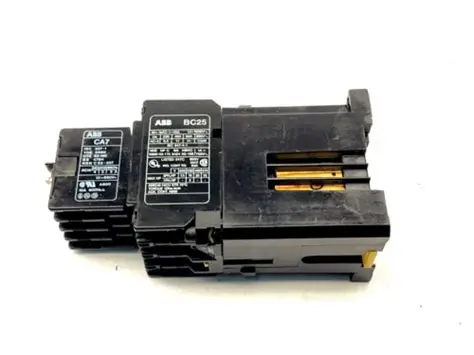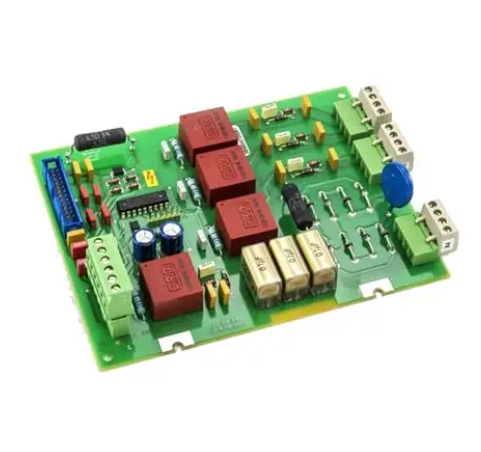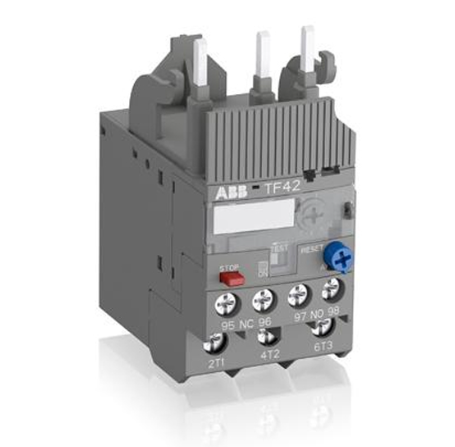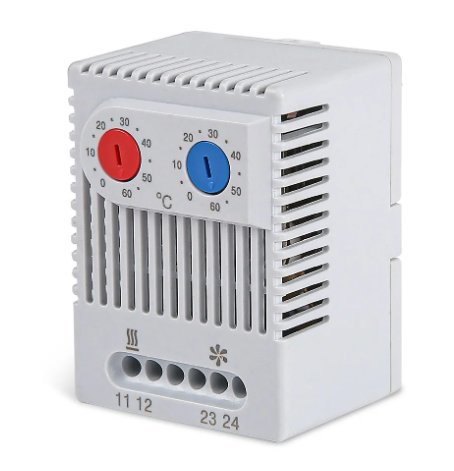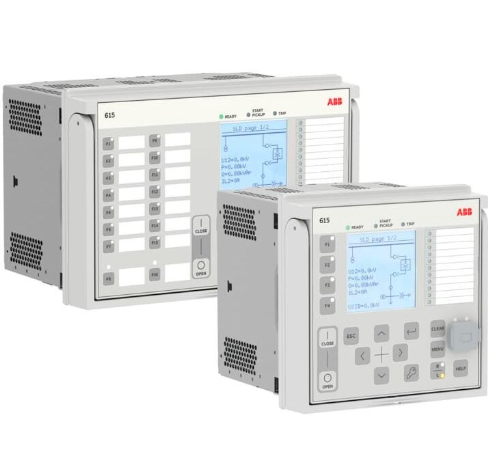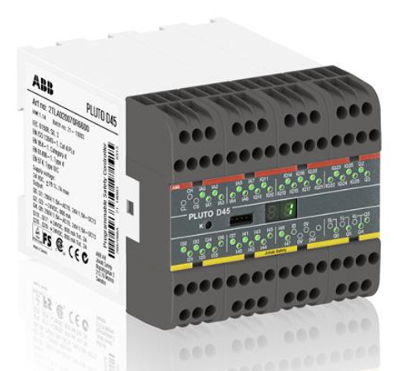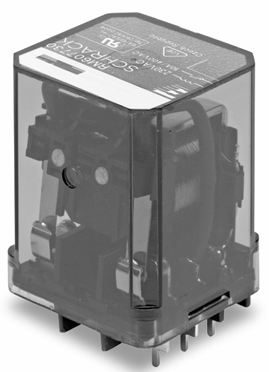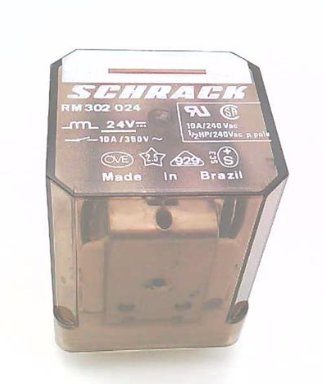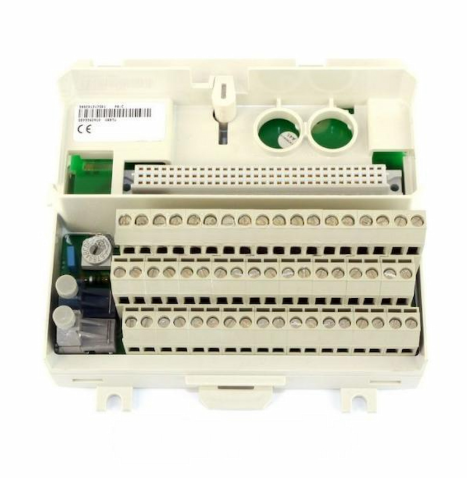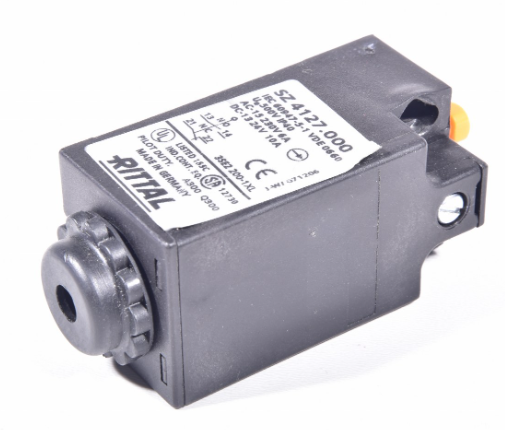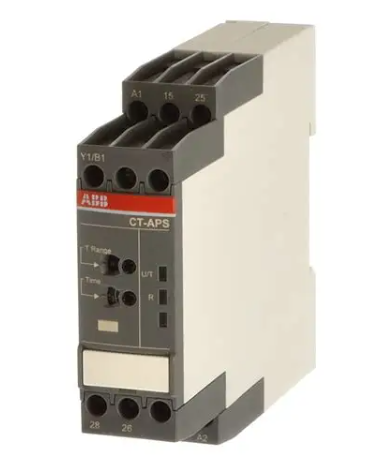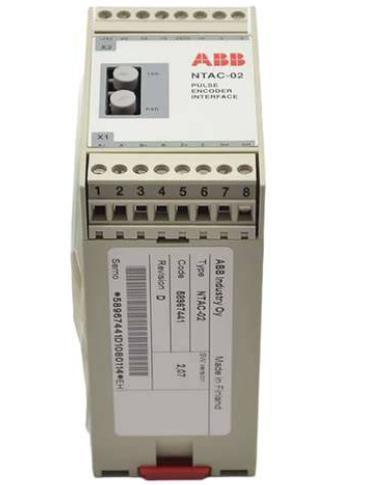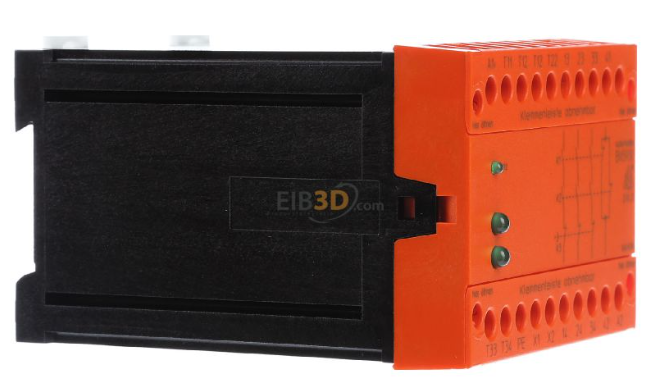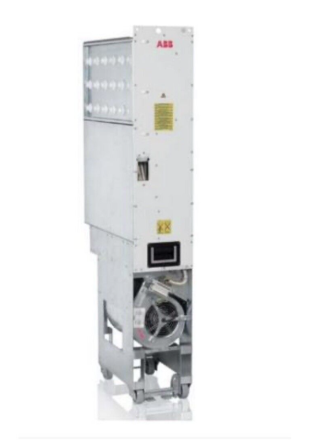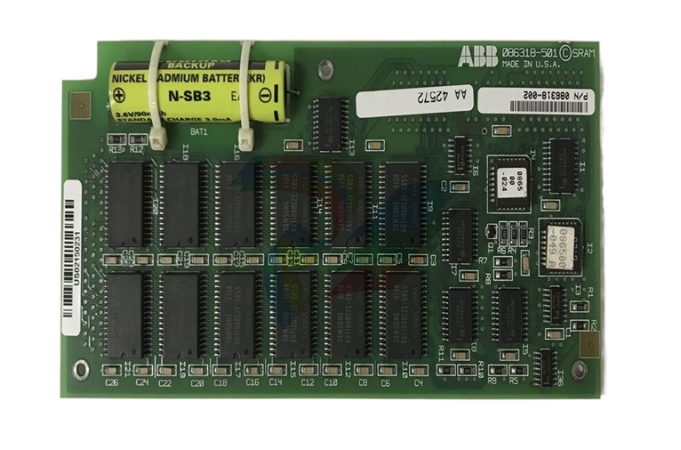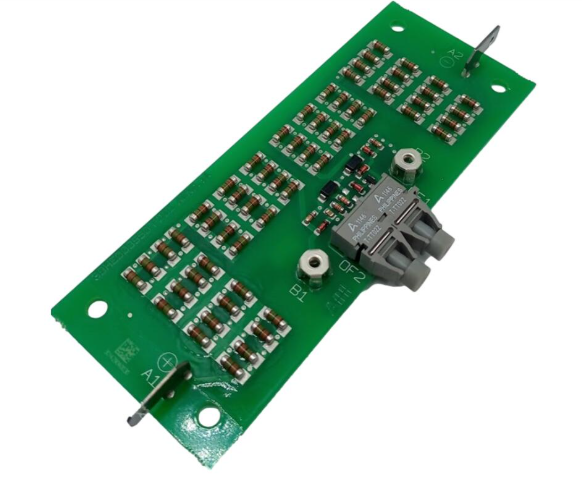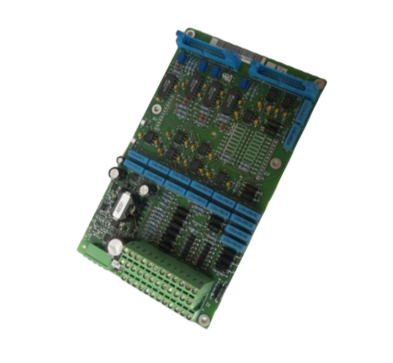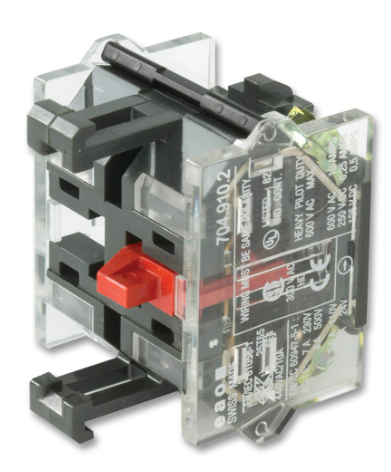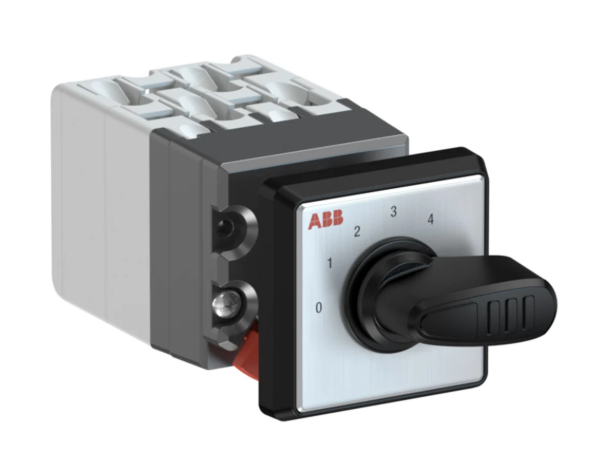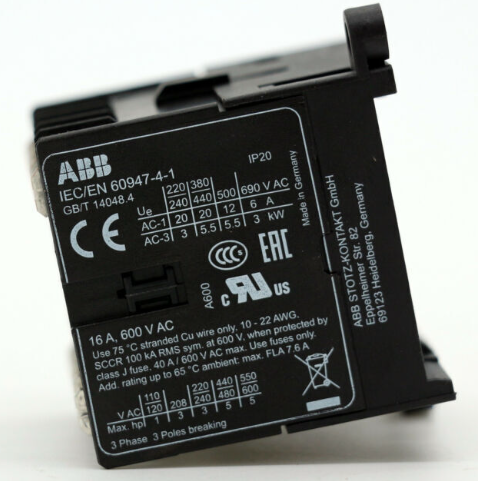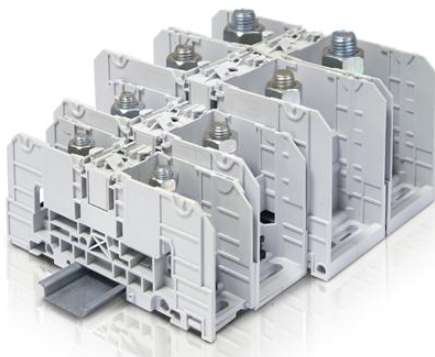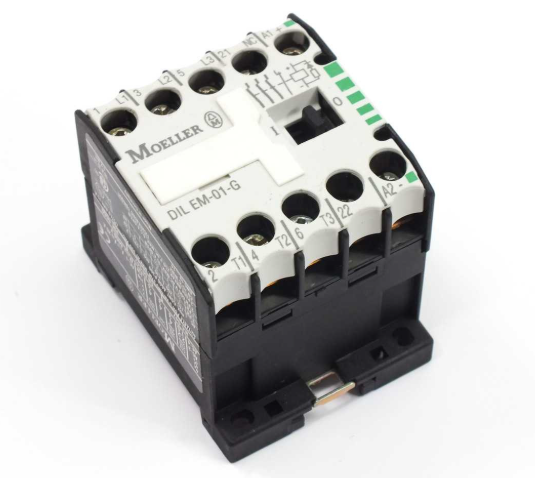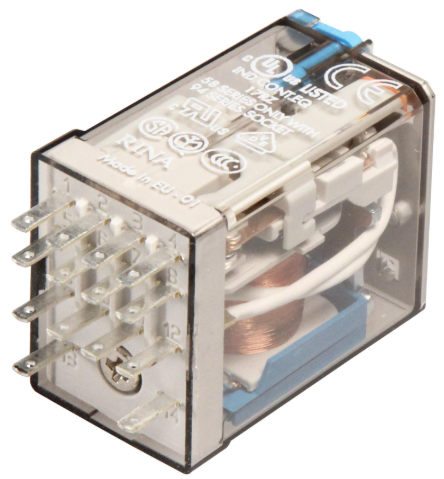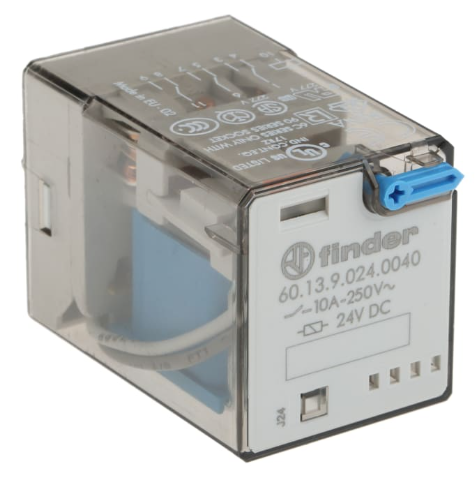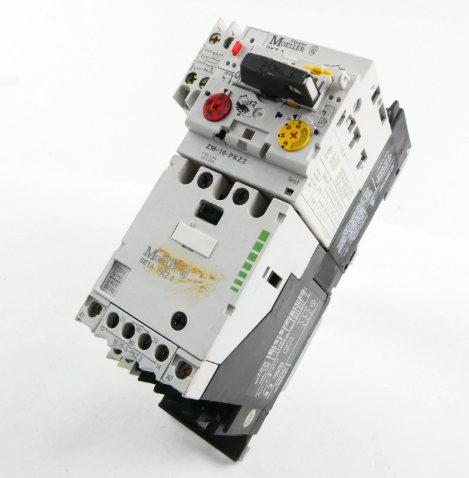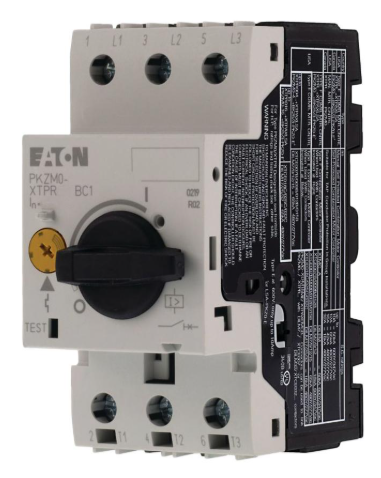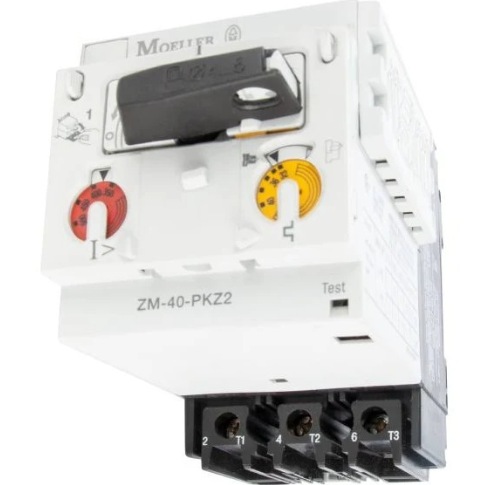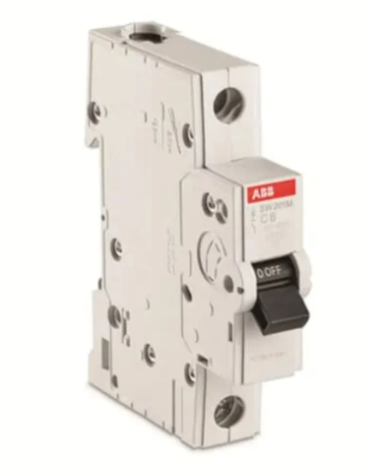Process and type of coking wastewater treatment

The treated wastewater will be used in the plant as far as possible, such as sending coke quenching supplementary water, dust removal supplementary water, coal yard sprinkling water, etc., so as to reduce the external displacement, while taking measures to prevent adverse effects on the environment and equipment. 4, domestic and foreign coking wastewater treatment technology
At present, 80% of the domestic coking plants generally adopt the traditional biological nitrogen removal treatment as the core of the coking wastewater process. It is divided into pretreatment, biochemical treatment and advanced treatment. Physical and chemical methods were used for pretreatment, such as oil removal, ammonia distillation, extraction and dephenolization. The main biochemical treatment processes are A/O, A2/O, etc. The main advanced treatment processes are activated carbon adsorption, activated carbon biofilm and oxidation pond. In Europe, the common process of coking wastewater treatment is to remove suspended solids and oil pollutants, then use ammonia evaporation to remove ammonia nitrogen, and then use biological oxidation to remove phenol thiocyanide and thiosulfate. In some cases, the wastewater is also treated for final advanced treatment before discharge. In the United States, the wastewater treatment process of coking plants is: detar - ammonia distillation process - activated sludge process and sludge dewatering system. In general, the treatment methods of coking wastewater in foreign countries are basically the same as those in China.
(1) : Physical treatment method
1 Adsorption method
Adsorption method is the use of porous adsorbents to adsorb one or several solutes in sewage, so that the sewage can be purified. Activated carbon is one of the most commonly used adsorbents. Activated carbon adsorption method is suitable for the advanced treatment of sewage. Liu Junfeng et al. used high temperature slag filtration, and then used Nankai H2103 macroporous resin to adsorb the coking wastewater containing 520mg/L of phenol and 3200mg/L of CoD. the treated effluent reached the national discharge standard.
2 Coagulation and flocculation precipitation method
Coagulation method is to add coagulant to sewage and hydrolyze it to produce hydrated ions and hydroxide colloid, neutralize the charge on the surface of some substances in sewage, so that these charged substances agglutinate. It is used to treat fine suspended matter and colloidal particles that are difficult to precipitate by natural precipitation method in sewage, so as to reduce the turbidity and chroma of sewage, but it is ineffective for soluble organic matter. It is often used for deep treatment of coking wastewater. This method has low processing cost and can be used intermittently or continuously. The anaerobic and aerobic biological denitrification combined with polyiron flocculation mechanical accelerated clarification method was used to treat the coking wastewater comprehensively in Shanghai Coking Plant. COD and NH3-N in the effluent were <158mg/L and <15mg/L respectively. In recent years, the application of new compound coagulants in the treatment of coking wastewater has been widely studied.

3Fenton reagent process
Fenton reagent is a strong oxidizing agent obtained by mixing H2O2 and Fe2+. As it can produce 61OH free radicals with strong oxidation capacity, Fenton reagent has the advantages of rapid reaction, mild reaction conditions such as temperature and pressure, and no secondary pollution when treating organic wastewater that is difficult to biodegrade or general chemical oxidation. Therefore, it has been paid more and more attention by environmental protection workers at home and abroad in the past 30 years.
(2) : biochemical treatment
Biochemical treatment is a method of using microbial oxidation to decompose organic matter in sewage, which is often used as a secondary treatment in coking sewage treatment system.
At present, the A/O and A2/O processes and their variant nitrogen removal processes are mainly used for the nitrogen removal treatment of coking wastewater in China, and the nitrogen removal effect is good. Min Zhang et al. compared the A-A-O process with the A-O process, and the experiment showed that the A-A-O process was superior to the A-O process in terms of NH3-N removal and denitrification, especially in terms of denitrification rate, the A-A-O process was twice that of the A-O process. At present, the A-A-O process is adopted after optimizing the original A-O process in the first and second phase coking wastewater of Baosteel. At present, the system operates statically, but due to complex condition control and high investment cost, in order to ensure the treatment effect, the sludge and sewage return flow in operation is large, which increases the power consumption, and the internal circulating liquid brings in a large amount of dissolved oxygen, making it difficult to maintain an ideal anoxic state in the denitrification tank, affecting the denitrification process and reducing the nitrogen removal efficiency.
The SBR tank has the functions of homogenization, precipitation, biodegradation and final settling. The research results of SBR method at home and abroad show that the process is simple, the operation cost is low, the operation management is simple, and the regulation tank is not needed, and the initial sedimentation tank can be omitted in most cases. SBR reaction tank has strong biochemical reaction ability, good treatment effect, can effectively prevent sludge swelling, strong impact load resistance, and strong working stability. The removal rate of NH3-N can reach 60% when it is used to treat coking wastewater. The traditional SBR method has low degradation efficiency for coking wastewater.
- EMERSON
- Honeywell
- CTI
- Rolls-Royce
- General Electric
- Woodward
- Yaskawa
- xYCOM
- Motorola
- Siemens
- Rockwell
- ABB
- B&R
- HIMA
- Construction site
- electricity
- Automobile market
- PLC
- DCS
- Motor drivers
- VSD
- Implications
- cement
- CO2
- CEM
- methane
- Artificial intelligence
- Titanic
- Solar energy
- Hydrogen fuel cell
- Hydrogen and fuel cells
- Hydrogen and oxygen fuel cells
- tyre
- Chemical fiber
- dynamo
- corpuscle
- Pulp and paper
- printing
- fossil
- FANUC
- Food and beverage
- Life science
- Sewage treatment
- Personal care
- electricity
- boats
- infrastructure
- Automobile industry
- metallurgy
- Nuclear power generation
- Geothermal power generation
- Water and wastewater
- Infrastructure construction
- Mine hazard
- steel
- papermaking
- Natural gas industry
- Infrastructure construction
- Power and energy
- Rubber and plastic
- Renewable energy
- pharmacy
- mining
- Plastic industry
- Schneider
- Kongsberg
- NI
- Wind energy
- International petroleum
- International new energy network
- gas
- WATLOW
- ProSoft
- SEW
- wind
- ADVANCED
- Reliance
- YOKOGAWA
- TRICONEX
- FOXBORO
- METSO
- MAN
- Advantest
- ADVANCED
- ALSTOM
- Control Wave
- AB
- AMAT
- STUDER
- KONGSBERG
- MOTOROLA
- DANAHER MOTION
- Bently
- Galil
- EATON
- MOLEX
- Triconex
- DEIF
- B&W
- ZYGO
- Aerotech
- DANFOSS
- KOLLMORGEN
- Beijer
- Endress+Hauser
- MOOG
- KB
- Moxa
- Rexroth
- YAMAHA
- Johnson
- Westinghouse
- WAGO


Email:wang@kongjiangauto.com


